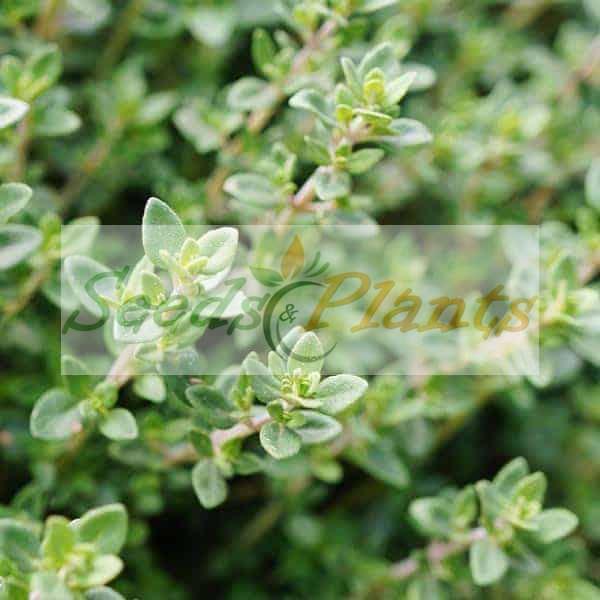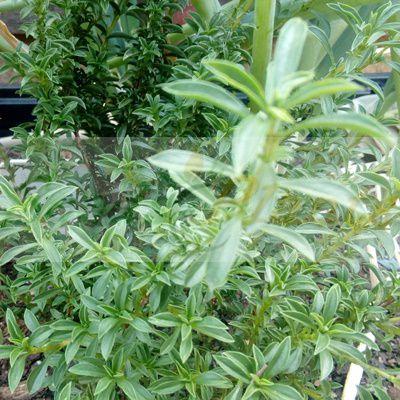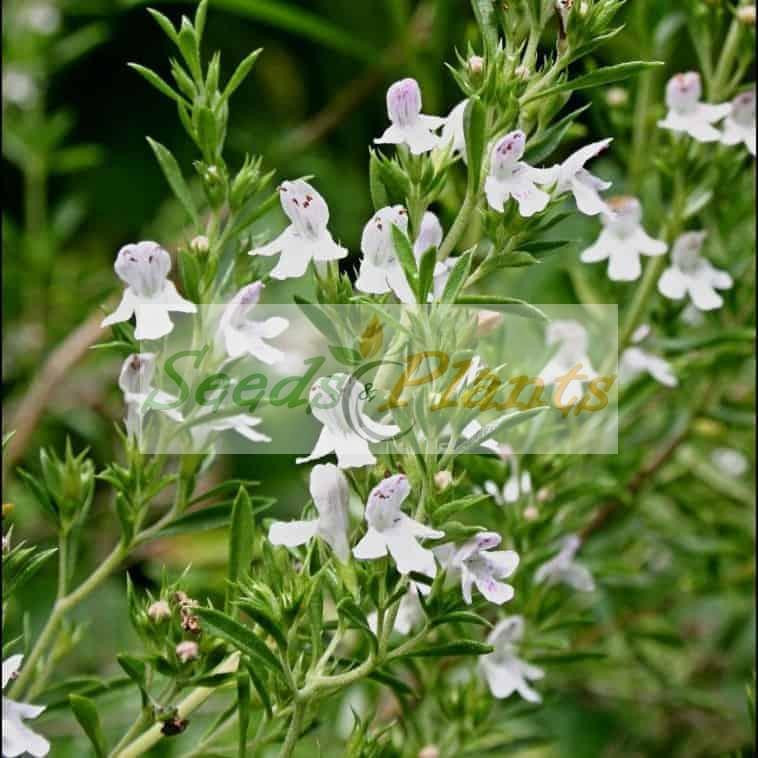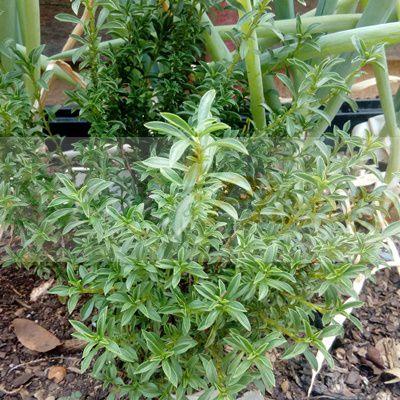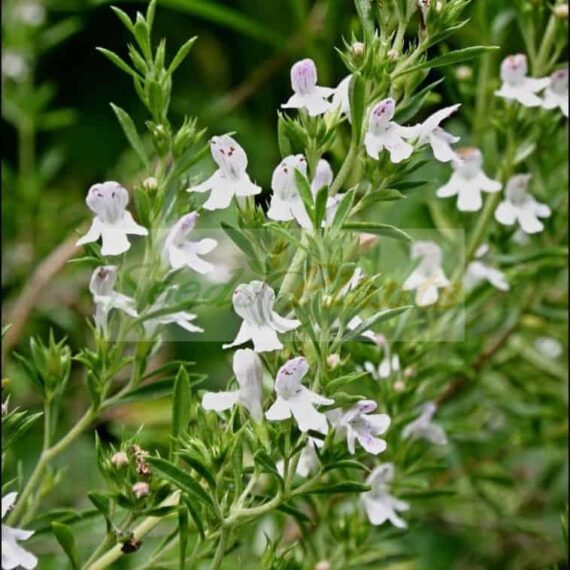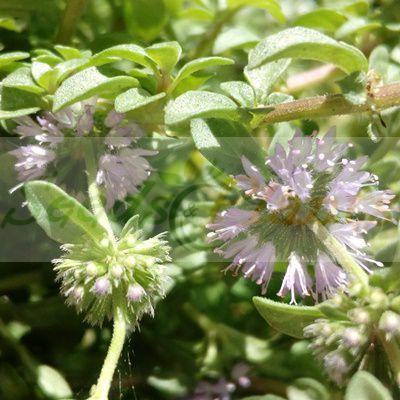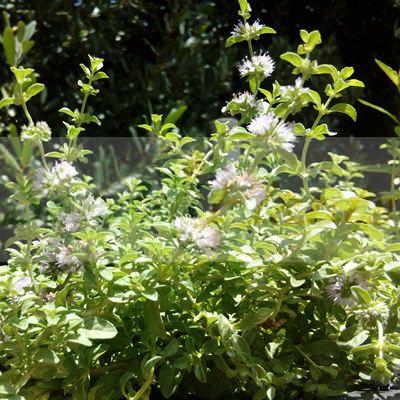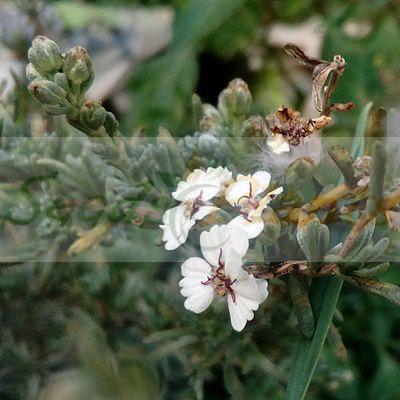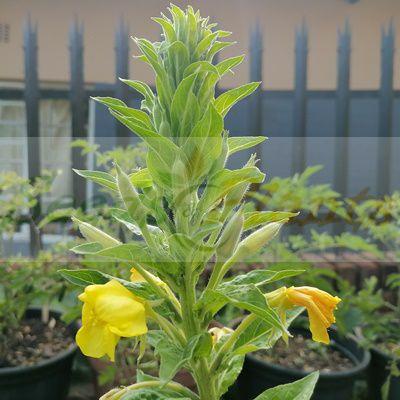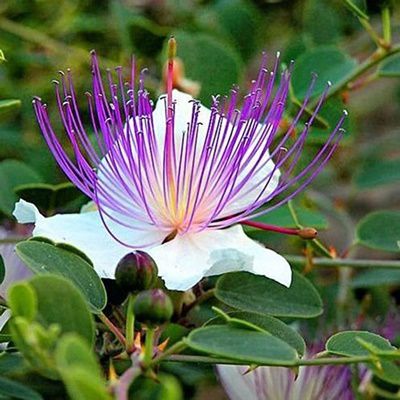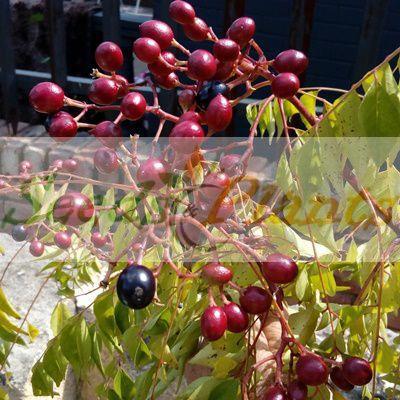🍃 Culinary Quick Facts
Culinary Info
- 🌍 Origin / Region: Central Asia, Mediterranean, North Africa, Southeast Europe, Southern Europe, Western Asia
- 🍽️ Culinary Use: Bean Dishes, Beverages/Teas, Cooking, Garnish, Herb Blends, Herbes de Provence, Marinades/Dressings, Oils / Vinegars, Soups and Stews
- 🥗 Edible Part: Flower, Leaf
- 😋 Flavor Profile: Peppery, Pungent
Growth Traits
- 🌱 Life Cycle: Perennial
- 🌾 Plant Type: Sub-shrub
- 🦋 Pollinator Method: Attracts Bees, Attracts Butterflies, Self-pollinating
- 🔁 Pollination Needs: Needs Only 1 Plant
- 🪴 Growth Habit: Bushy, Low-Growing
- 🌸 Flower Color: White
Growing Requirements
- 🌞 Sun Exposure: Full Sun
- 💧 Water Needs: Avoid Overwatering, Low Water, Water Deeply
- ☀️ Growing Conditions: Cold Tolerant, Drought Tolerant, Frost Tolerant, Heat Tolerant
- 🟤 Soil Preference: Loam, Moderately Fertile, Neutral to alkaline, Poor Soil Tolerant, Sandy, Well-Drained
Winter Savory – Approx 50 Seeds
(Satureja montana)
R30.00
Winter Savory is an evergreen perennial, low-growing, semi-woody herb in the mint family, Lamiaceae. Use winter savory in salads, soups, dressings, sausage, roast poultry, fish, beef and braised meats, pork, and bean dishes.
Common Names: Winter Savory, creeping savory, mountain savory and Spanish savory.
Indoor Sowing: Late Winter and Early Spring.
Direct Sowing: Early Spring.
In stock
🍃 Culinary Quick Facts
Culinary Info
- 🌍 Origin / Region: Central Asia, Mediterranean, North Africa, Southeast Europe, Southern Europe, Western Asia
- 🍽️ Culinary Use: Bean Dishes, Beverages/Teas, Cooking, Garnish, Herb Blends, Herbes de Provence, Marinades/Dressings, Oils / Vinegars, Soups and Stews
- 🥗 Edible Part: Flower, Leaf
- 😋 Flavor Profile: Peppery, Pungent
Growth Traits
- 🌱 Life Cycle: Perennial
- 🌾 Plant Type: Sub-shrub
- 🦋 Pollinator Method: Attracts Bees, Attracts Butterflies, Self-pollinating
- 🔁 Pollination Needs: Needs Only 1 Plant
- 🪴 Growth Habit: Bushy, Low-Growing
- 🌸 Flower Color: White
Growing Requirements
- 🌞 Sun Exposure: Full Sun
- 💧 Water Needs: Avoid Overwatering, Low Water, Water Deeply
- ☀️ Growing Conditions: Cold Tolerant, Drought Tolerant, Frost Tolerant, Heat Tolerant
- 🟤 Soil Preference: Loam, Moderately Fertile, Neutral to alkaline, Poor Soil Tolerant, Sandy, Well-Drained
Winter Savory Seeds. Unlike Summer Savory, which is an annual herb, Winter Savory (Satureja montana) is an evergreen perennial, low-growing, semi-woody herb in the mint family, Lamiaceae, and is also commonly known as creeping, mountain, or Spanish savory.
Native to the temperate climates of the Mediterranean basin, it forms low growing and multi-branched mounds that grow 8 to 15 inches high, with a 12- to 24-inch spread. The glossy, 1-inch leaves are dense, slender, slightly leathery, and highly aromatic, appearing opposite on the stems. Small, dainty flowers appear on terminal spikes throughout summer in colors of mauve, pink, and white.
Winter Savory Culinary Uses.
- It has a deep, earthy flavor – peppery and piney with a piquant intensity – and has long been used as a seasoning.
- Introduced to Europe by the Romans, medieval walled gardens grew both the summer and winter species, and it was used to stuff meats and poultry.
- The Germans discovered that fresh sprigs added to a cooking pot of beans made them easier to digest. Today, it’s still referred to as the “bean herb,” or Bohenkraut in German.
- Use perennial winter savory in salads, soups, dressings, sausage, roast poultry, fish, beef and braised meats, pork, and bean dishes.
- Use dried or fresh winter savory to flavor crumbs for breading meat, fish, or vegetables
Growing Winter Savory
Indoor Sowing: Late Winter and Early Spring.
Direct Sowing: Early Spring.
- Winter savory seeds generally do not require cold stratification, however, it can be beneficial to cold stratify for 2 – 4 weeks before sowing.
- Sow Winter Savory Seeds indoors 4 to 6 weeks before your last frost, sowing lightly on the surface of trays containing a prepared starting medium. Don’t cover them with soil, as they need light to germinate.
- Keep the soil moist but not wet.
- Germination can take quite some time, so a lot of patience is required.
- When the seedlings have at least four sets of true leaves, transplant to containers or the herb garden – provided there’s no risk of frost. Handle gently to reduce transplant shock.
- Winter Savory requires a full sun location.
- This herb prefers soil with a neutral pH of 6.0-8.0 that is well-draining and moderately fertile.
- Water lightly and provide regular moisture until established.
- Once plants are settled, in 4 to 6 weeks, dry to moderate moisture levels are sufficient. Allow the soil to dry out between watering deeply bi-weekly. For container plants, water when the top inch of soil is dry.
- Apply a top dressing of organic matter like compost in spring but avoid liquid fertilizers – savory’s flavor is improved when grown in lean soil.
- Trim in early spring before new growth emerges. Older plants can become woody and benefit from regular pruning to encourage new growth and a full, bushy form.
- Plants are short-lived and need to be replaced every 4-5 years in the garden, and every 2-4 years if grown in containers.
- These plants go dormant in very cold winters and can lose many of their mature leaves along the stem tips. But new growth quickly appears on the bare stems once longer days and warmer temperatures return.
Can this plant be used for culinary purposes?
Winter Savory is traditionally used for culinary purposes such as bean dishes and beverages/teas.
Disclaimer
Medicinal Information:
All medicinal information on this website is for educational and informational purposes only and may not be construed as medical advice. The information is not intended to replace medical advice or treatment offered by healthcare professionals.
Seeds, Plants, Plant Cuttings, Geophytes and Dried Herbs:
In some countries and provinces, certain plants are deemed as invasive and are not allowed to be planted at all, whilst some plants are allowed to be grown only in certain areas or provinces. The onus is on you as the buyer to familiarize yourself with the regulations pertaining to your location, before purchasing any of our seeds, plants, plant cuttings, geophytes or dried herbs. We will not be held liable, should you purchase any seeds, plants, plant cuttings, geophytes or dried herbs. from us which are prohibited in your country or province.

